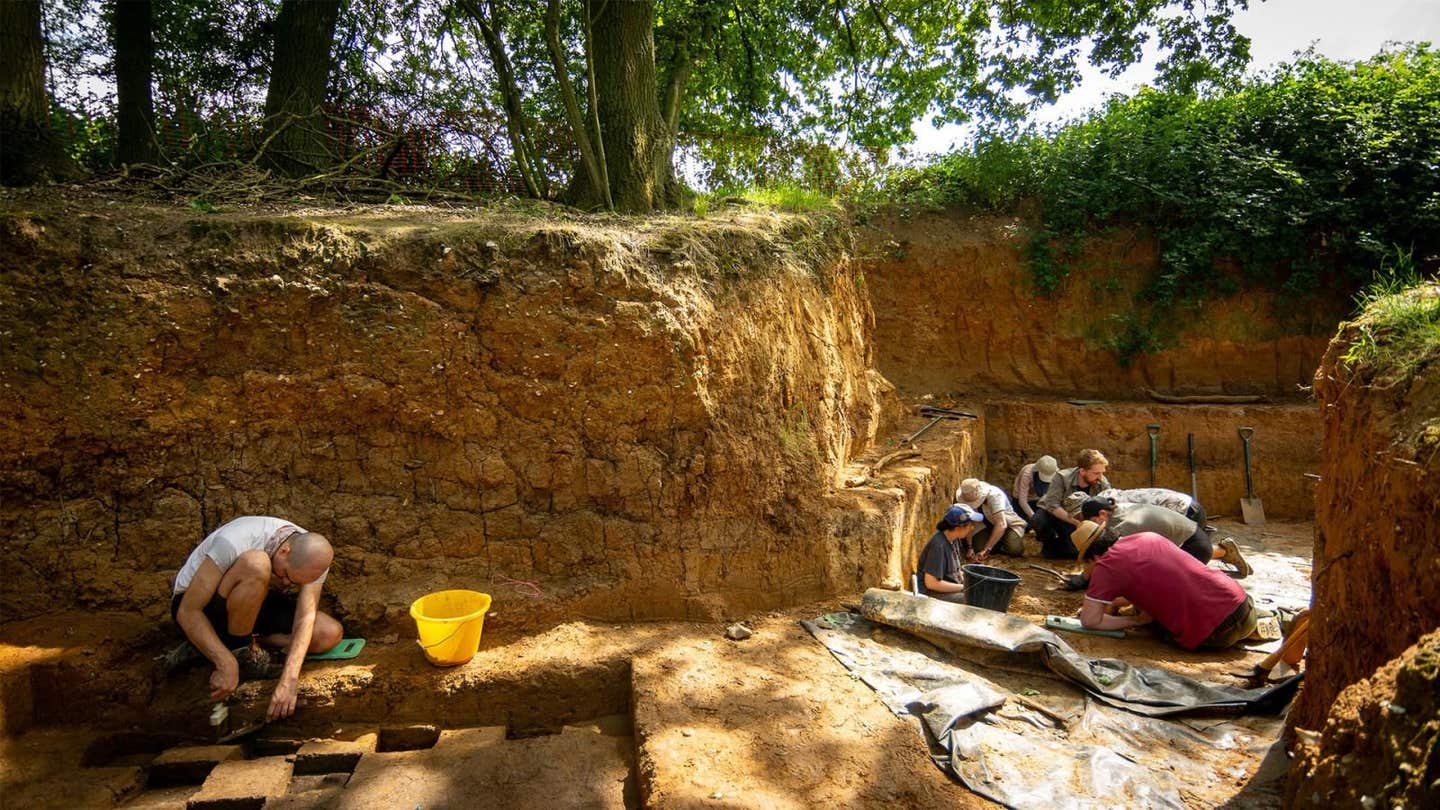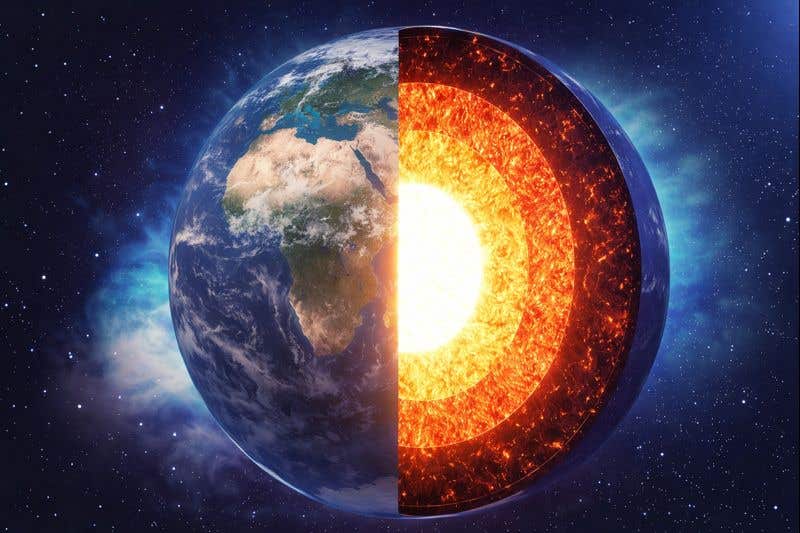Plants are absorbing more human-produced CO2 than previously thought, study finds
Plants take up a substantial amount of carbon dioxide (CO2) every year, thereby slowing down the detrimental effects of climate change

[Nov. 21, 2023: JJ Shavit, The Brighter Side of News]
Propagating mother plants for our plantings in Georgia and Ohio with our commercial nursery partners. (CREDIT: Creative Commons)
In a world grappling with the dire consequences of climate change, a ray of hope shines through recent research published in the prestigious journal Science Advances. This groundbreaking study challenges previous predictions and suggests that the Earth's vegetation might have the capacity to absorb more atmospheric carbon dioxide (CO2) from human activities than previously anticipated.
While this finding holds promise, environmental scientists caution that it should not be interpreted as a reason for governments to slow down their efforts to reduce carbon emissions. Rather, it underscores the multifaceted benefits of conserving and protecting our existing vegetation.
Plants: Earth's Natural Carbon Sponges
The research, led by Dr. Jürgen Knauer and his team at the Hawkesbury Institute for the Environment at Western Sydney University, delves into the critical role that plants play in mitigating climate change. Dr. Knauer explains, "Plants take up a substantial amount of carbon dioxide (CO2) every year, thereby slowing down the detrimental effects of climate change, but the extent to which they will continue this CO2 uptake into the future has been uncertain."
Related Stories
The study focuses on photosynthesis, the process through which plants convert CO2 into sugars they use for growth and metabolism. This carbon fixation by plants acts as a natural climate change mitigator by reducing the concentration of carbon in the atmosphere. It has contributed significantly to the reported increase in land carbon sinks over the past few decades.
Despite these positive effects, there have been concerns about how vegetation will respond to changes in CO2 levels, temperature, and rainfall patterns substantially different from current conditions. Scientists have feared that extreme climate events, such as severe droughts and intense heatwaves, could weaken the capacity of terrestrial ecosystems to act as carbon sinks.
In this latest study, Dr. Knauer and his colleagues used a high-emission climate scenario to test how vegetation carbon uptake would respond to global climate change until the end of the 21st century. The researchers employed various versions of a climate model, each differing in complexity and realism in representing plant physiological processes.
Shown are factorial model runs performed in this study for the RCP8.5 climate scenario for (A) the globe, (B) the inner tropics (15°S to 15°N), (C) the temperate zone (35°N to 50°N), and (D) the boreal zone (55°N to 70°N). (CREDIT: Science Advances)
The results of the study were unequivocal: the more complex models, which incorporated a deeper understanding of plant physiological mechanisms, consistently projected stronger increases in vegetation carbon uptake on a global scale. Importantly, these mechanisms reinforced each other, leading to even more pronounced effects when considered together—a reflection of real-world conditions.
Silvia Caldararu, Assistant Professor in Trinity's School of Natural Sciences, emphasized the significance of these findings, stating, "Because the majority of terrestrial biosphere models used to assess the global carbon sink are located at the lower end of this complexity range, accounting only partially for these mechanisms or ignoring them altogether, it is likely that we are currently underestimating climate change effects on vegetation as well as its resilience to changes in climate. We often think about climate models as being all about physics, but biology plays a huge role and it is something that we really need to account for."
Interaction effects were calculated as the difference between the combined effect and the sum of the effects of the model experiments including the respective mechanisms individually. (CREDIT: Science Advances)
Implications for Nature-Based Climate Solutions
The implications of this research extend to nature-based solutions to climate change, such as reforestation and afforestation. These strategies have gained attention as potential tools for sequestering carbon and mitigating climate change. According to the study's findings, these approaches could have a more substantial impact and a more extended timeframe for carbon absorption than previously believed.
However, it is crucial to emphasize that simply planting trees or expanding vegetation cover is not a panacea for the climate crisis. Dr. Knauer reiterates, "We absolutely need to cut down emissions from all sectors. Trees alone cannot offer humanity a get-out-of-jail-free card."
Spatial patterns of the effects of the mechanisms. (A) Temperature acclimation of photosynthesis, (B) explicit mesophyll conductance (gm), (C) photosynthetic optimization, and (D) all mechanisms combined. (CREDIT: Science Advances)
Plants, through their remarkable ability to absorb carbon dioxide, may hold a more significant role in mitigating the crisis than initially thought. Nevertheless, this revelation should not divert our attention from the pressing need to reduce carbon emissions across all sectors of society.
Nature-based solutions, including reforestation and protecting existing vegetation, must be part of a comprehensive strategy to combat climate change. As we navigate this complex and dynamic challenge, it is clear that there are no easy fixes, and a multi-faceted approach is our best path forward.
For more science and technology news stories check out our New Discoveries section at The Brighter Side of News.
Note: Materials provided above by The Brighter Side of News. Content may be edited for style and length.
Like these kind of feel good stories? Get the Brighter Side of News' newsletter.



